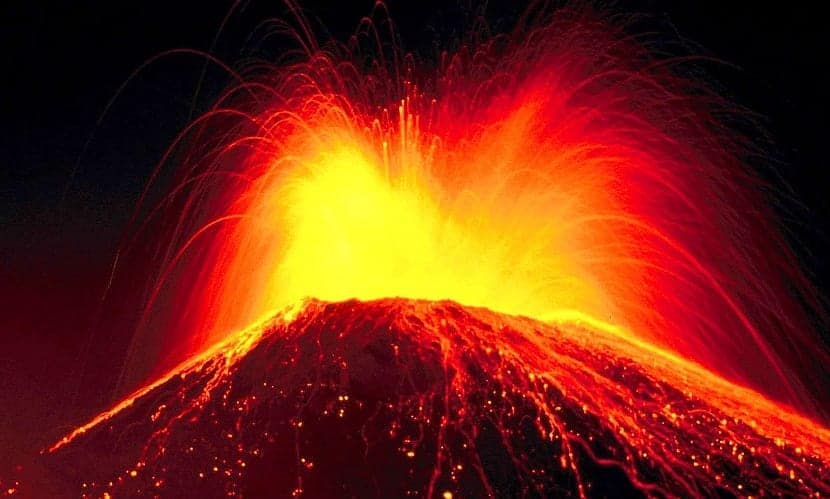
Our planet is made up of elements that have life and those that do not have life. We can contemplate numerous landscapes of mountains, forests, wide seas and oceans, etc. All these landscapes have a part of elements that are abiotic and others that do have life. The great immensity of the Earth is not what we see through landscapes, although it seems that way to us. Our planet inside is made up of an immensity of materials with different characteristics. The set of all these elements that have no life is known as geosphere.
In this article we are going to talk in depth about the geosphere. You can learn what it is, what it is composed of, how important it is and all its characteristics.
What is the geosphere
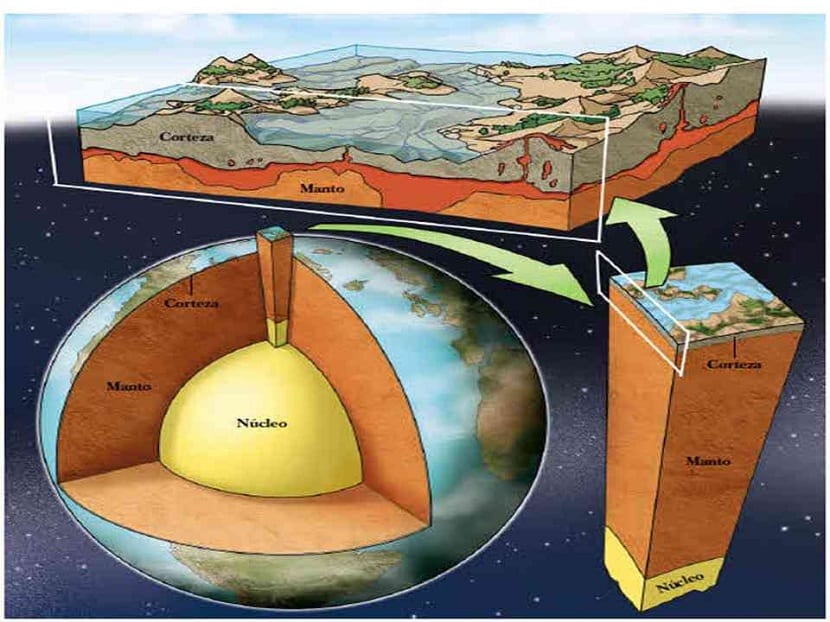
The geosphere is a name given to all parts of the Earth, from the earth's surface to the interior. That is, although the atmosphere is also part of our planet, it would be outside the geosphere. To give us an idea, the geosphere is divided into three parts: crust, mantle and core. These parts are known as the layers of the Earth.
Each layer or part of the geosphere has subdivisions based on the composition of the materials, the structure and their formation. The origin of each structure is in the very nature of the materials that tend to form the planet. We remember that, at the beginning of the formation of the Earth, it was nothing more than an incandescent mass of matter that was formed from the union of dust and space material. This material cooled little by little and took the shape of a planet that it currently has.
Thanks to the effect of gravity, the heavier matter was concentrated in the nucleus, while the layers with less density rose to the surface. For this reason, the crust cooled before being on the outside and the core is still molten. In addition, in the crust the seas and oceans were formed, the atmosphere and life was allowed to develop.
Each part of the geosphere has unique characteristics and is what makes them unique compared to the rest of the planet. We are going to see one by one.
Core features
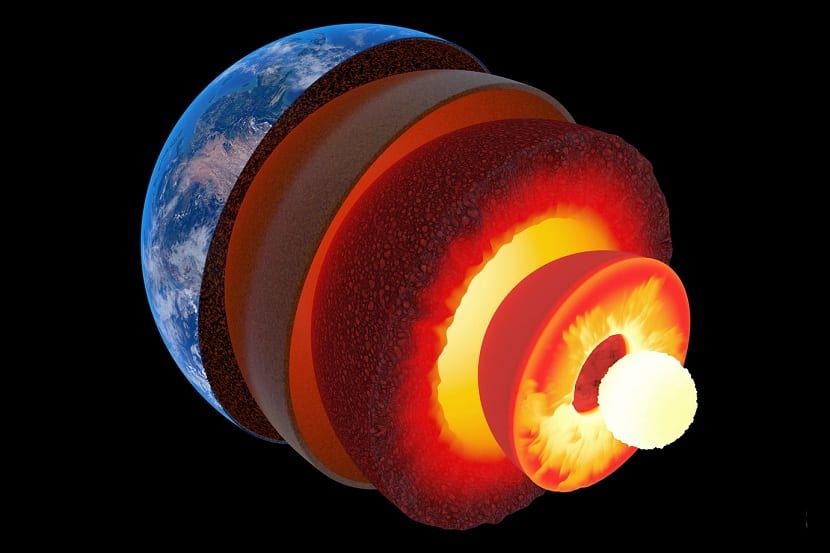
As we know, the earth core it is the deepest part of all. It is located in the center of the sphere. When we talk about the nucleus, we must know that it is divided into two parts: inner and outer core. This division is due both to the state of the materials and the type of material it is made of. The inner core is a solid part and is the hottest spot on Earth. The reason why it is solid and not molten despite the very high temperatures It is due to the density and pressure to which the material is subjected.
The elements that make up the nucleus are mainly iron, nickel, uranium and gold, as well as other materials. These materials have ended up forming the core of the Earth due to their density. Being more dense than other materials, it was pulled by the force of gravity until it ended up in the deepest part. Some light materials also ended up on the bottom, since they were attached to the heavy ones. This is the reason why lower density materials can be found in the core or very deep layers.
Coat characteristics
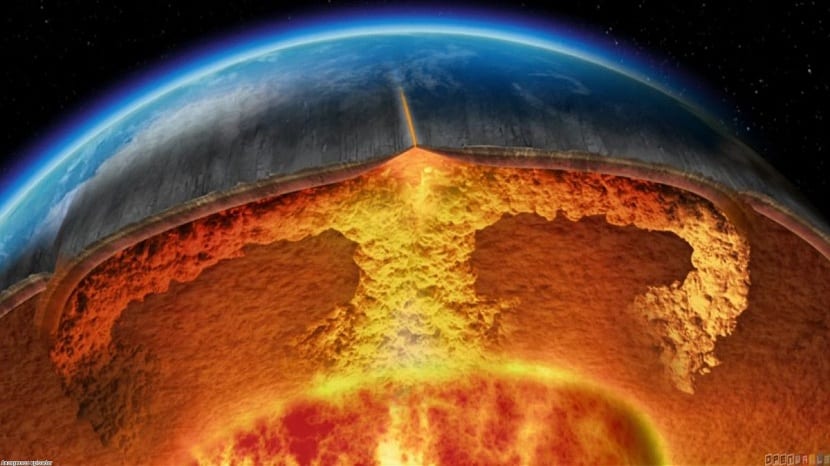
Now we move on to an outer layer. As with the Earth's core, the mantle is divided into internal and external. In this case we are talking about a liquid texture. Mainly, the mantle is formed by magma that rises to the surface thanks to volcanic eruptions and that, when it comes into contact with the atmosphere, is called lava.
The mantle has a broader mix of materials than the core. We can find both heavier and lighter elements. Being a liquid structure, it is in continuous movement due to the existence of a series of convection currents that occur due to the difference in densities between the materials that compose it. Hence, there is the movement of the continents from the plate tectonics.
Characteristics of the crust
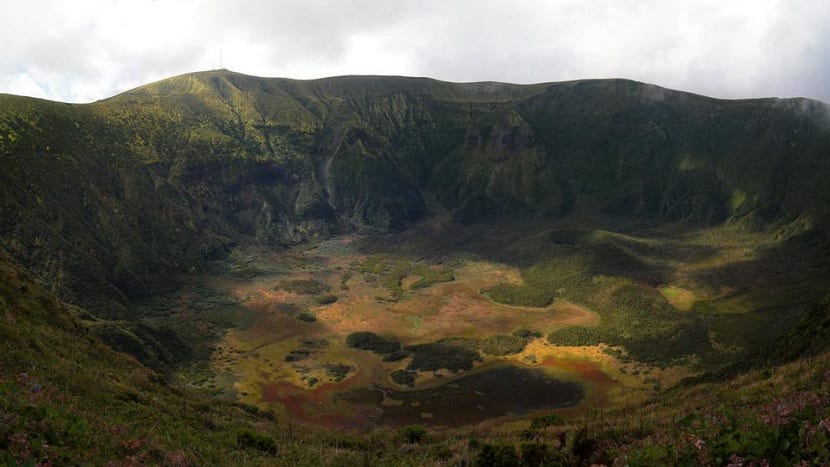
The crust is the solid part of the exterior of the planet. It has not always been this way. When created earth, the crust that was liquid gradually cooled down. He still does it to this day. As it cooled little by little, the heat was dispersing to the outside of the planet and, therefore, the superficial layers were cooling. This resulted in an increasingly solid surface cooling onto another liquid surface. It is thanks to the fact that the crust has hardened and cooled that our planet can better conserve temperature.
The crust is the layer of the Earth where large amounts of light elements accumulate. When a part of the landscape is called a geosphere, we refer to the elements of geology that make it up. For example, minerals and rocks, mountains, hills, trails, etc. All that is made up of these elements is the geosphere.
We can find heavier materials such as iron, lead, uranium and gold, although they are more difficult to find for what we have mentioned before. These materials are heavier and are on the surface for several possibilities. One of them is that remained on the earth's surface when the rest of the layers were differentiated. This may be because, just as some lighter materials were washed away with the dense ones, the opposite could have happened here too. Dense materials were washed away by less dense ones. Another option is that they came to our planet after the crust solidified through meteorites and asteroids. When they hit the solid surface, they stayed here and not inside.
I hope this information helps you to know more about the geosphere.